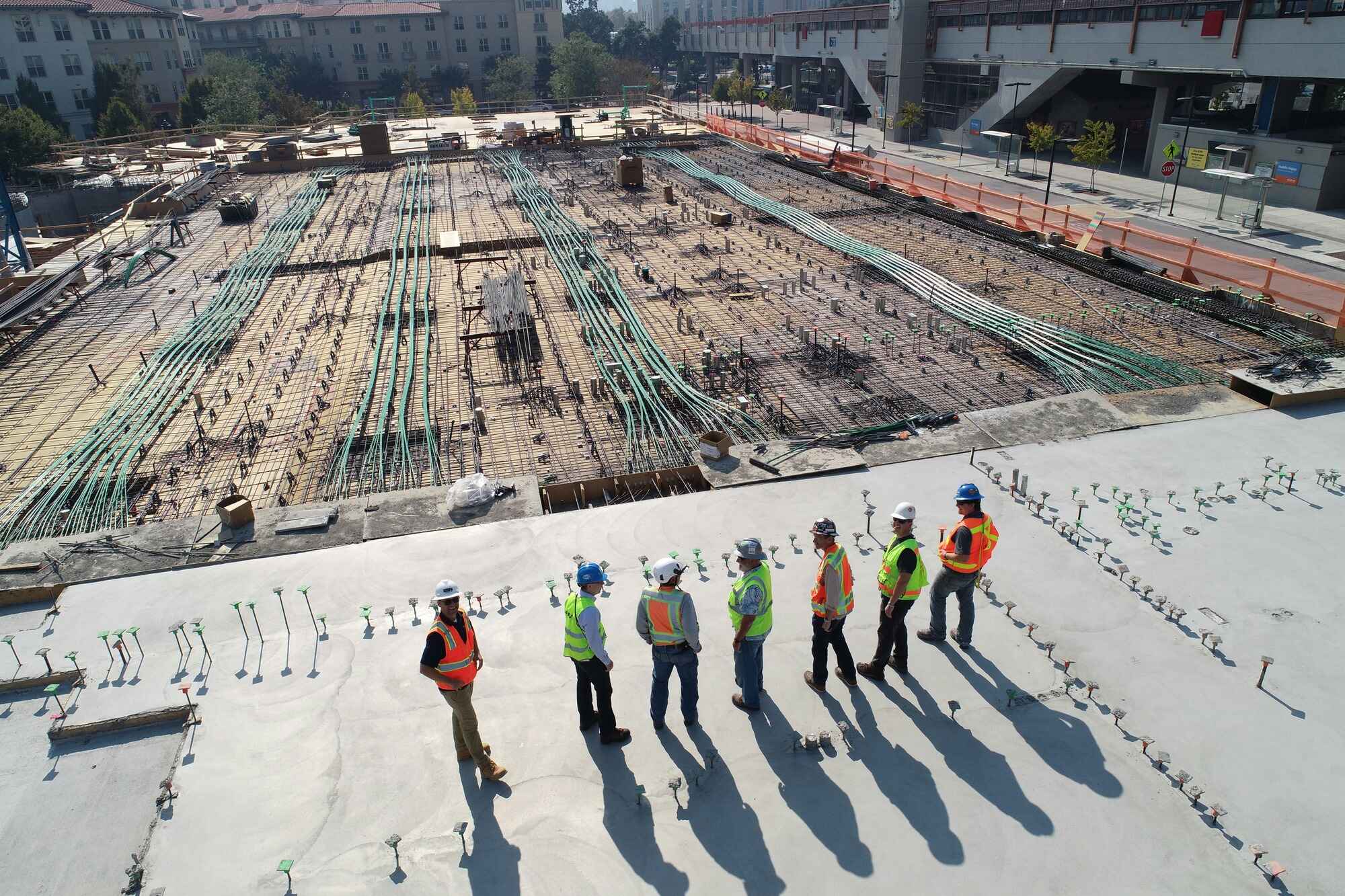
When you think about construction, what comes to mind? Giant cranes, concrete mixers, towering scaffolds, maybe even the sound of power tools buzzing away. It’s easy to focus on the big, obvious things. But here’s the thing: There are a whole lot of small, behind-the-scenes details that make a construction project run smoothly. One of those details? Tank fittings.
Sounds a bit mundane, right? But trust me, reliable tank fittings are like the unsung heroes of a construction site. They’re the behind-the-scenes players that keep everything working without a hitch. And when they fail? Let’s just say things can get messy—literally. But when you’ve got high-quality tank fittings in place, you’re not just preventing leaks or accidents; you’re building trust.
Let’s break down why these humble fittings are such a big deal on construction sites and how they can help your projects stay on track, on budget, and on time.
What Are Tank Fittings, Anyway?
Alright, before we get too deep into it, let’s make sure we’re all on the same page. What exactly are tank fittings?
In simple terms, tank fittings are the connectors that allow different parts of your fluid system to link up. Whether you’re dealing with water storage, wastewater management, fuel tanks, or chemical storage, these fittings make sure everything flows smoothly between tanks, pipes, pumps, and valves.
They might not be the first thing on your radar when you think about construction equipment, but these little connectors play a huge role in keeping things running. Without them, you could end up with leaks, safety risks, and, worst of all, project delays. And anyone who’s worked in construction knows that delays are the last thing you want.
The Consequences of Unreliable Tank Fittings
Now, let’s talk about what happens when these fittings aren’t up to snuff. Trust me, you don’t want to find out the hard way.
Picture this: You’ve got a massive construction project going on, and everything’s moving along just fine. The crew is working hard, everything’s on schedule—then suddenly, you notice a leak. It’s coming from a storage tank, and you trace it back to a faulty tank fitting. This isn’t just annoying—it’s a problem that could snowball into bigger issues.
A leaking tank fitting can cause:
- Safety Hazards: If you’re dealing with fuel, chemicals, or even wastewater, a leak can pose serious health and environmental risks.
- Costly Repairs: When fittings fail, it’s not just the cost of fixing the leak. You might need to replace parts of your fluid system, and if the damage is bad enough, it could affect other areas of your project too.
- Project Delays: Time is money. A fitting failure can shut down your site temporarily while you fix the problem. The longer it takes, the more expensive it becomes.
So, is it worth gambling with low-quality or unreliable tank fittings? Of course not. Trust me, when it comes to construction, the last thing you want is to cut corners on something so crucial.
How Reliable Tank Fittings Build Trust on Construction Sites
Here’s the good news: when you opt for reliable tank fittings, you’re not just preventing problems—you’re building trust. Think about it: If your fluid systems are running smoothly without constant hiccups or failures, you’re going to have a whole lot more confidence in your project. And so will everyone else involved.
Here’s how reliable tank fittings help build that trust:
- Fewer Downtime and Delays
When your fittings are working as they should, your systems are efficient. There’s no need for constant fixes, no worrying about leaks slowing things down. The job gets done faster and more efficiently. Your project stakeholders—whether they’re investors, clients, or your own team—will trust you to get things done without dragging your feet. - Enhanced Safety
Let’s be real—construction sites can be risky places. So, ensuring everything is safe is non-negotiable. Tank fittings that are durable and properly installed prevent leaks, spills, and the risk of exposure to dangerous substances. That’s peace of mind for everyone involved. A safe job site means a trustworthy job site. - Meeting Regulations
Construction isn’t just about getting the job done—it’s about getting the job done right. Using reliable fittings helps you stay compliant with safety and environmental regulations. The more you adhere to these standards, the more trust you build with regulators, clients, and your crew. - Client Confidence
When you use high-quality, reliable fittings, it sends a message to your clients: you care about getting the job done right, and you’re invested in long-term quality. That builds trust and helps foster repeat business. After all, happy clients are loyal clients.
Key Features of High-Quality Tank Fittings
So, what makes a tank fitting reliable in the first place? There are a few key features that set the good ones apart from the cheap imitations. If you’re going to put your trust in these little connectors, they need to be up to the task.
- Durability
Tank fittings need to withstand a lot. They’re exposed to pressure, weather, and the wear-and-tear that comes with constant use. Quality fittings are made from durable materials like stainless steel, brass, or heavy-duty plastics that can take the heat—and the cold—without cracking or corroding. - Precision
Fittings that don’t seal properly? That’s a recipe for disaster. Reliable tank fittings are precision-engineered to create secure, leak-proof connections every time. This ensures everything stays tight, even under pressure. - Material Compatibility
Not all materials are created equal. For example, a fitting made from one type of metal might not be suitable for a tank holding chemicals, while a different fitting might work perfectly for water. The best tank fittings are made to work with the specific fluids or gases they’re supposed to handle. - Ease of Installation
A fitting that’s difficult to install can lead to mistakes, and mistakes can lead to problems down the road. High-quality fittings are designed to be easy to install, reducing the chances of errors and ensuring your systems work efficiently from the start.
Tips for Choosing the Right Tank Fittings for Your Construction Project
You’re probably wondering: how do you pick the right tank fittings for your site? Good question! Here are some tips to make sure you’re choosing the best options:
- Know Your Needs
Are you working with water, fuel, chemicals, or something else? The type of fluid your tank will store is critical in choosing the right fitting material. Do your research to make sure the fittings you select are compatible. - Look for Quality Certifications
Not all fittings are made equal. Look for fittings that are certified for safety and durability. These certifications are proof that the fittings meet industry standards, which is a great way to ensure reliability. - Choose the Right Size and Pressure Rating
Don’t just pick any fitting that seems close enough. The size and pressure rating of the fitting need to match your system. Otherwise, you’re setting yourself up for failure. - Consult the Experts
If you’re unsure, don’t hesitate to reach out to the manufacturer or an expert. They can guide you toward the right products that meet your specific construction needs.
The Role of Tank Fittings in Sustainability and Cost-Efficiency
Construction is moving towards greener, more sustainable practices—and tank fittings play a big part in that. Reliable fittings help prevent leaks, spills, and contamination, which is not only better for the environment but also more cost-efficient in the long run.
Think about it: A leaking tank can cause environmental damage, which can lead to fines or costly clean-up efforts. But when you choose reliable tank fittings, you’re minimizing waste, reducing the risk of spills, and ultimately saving money. Plus, you’re doing your part to protect the environment. Talk about a win-win!





